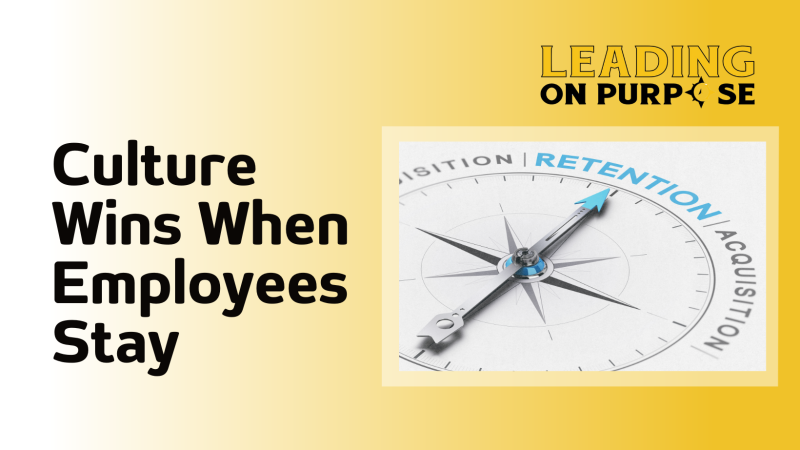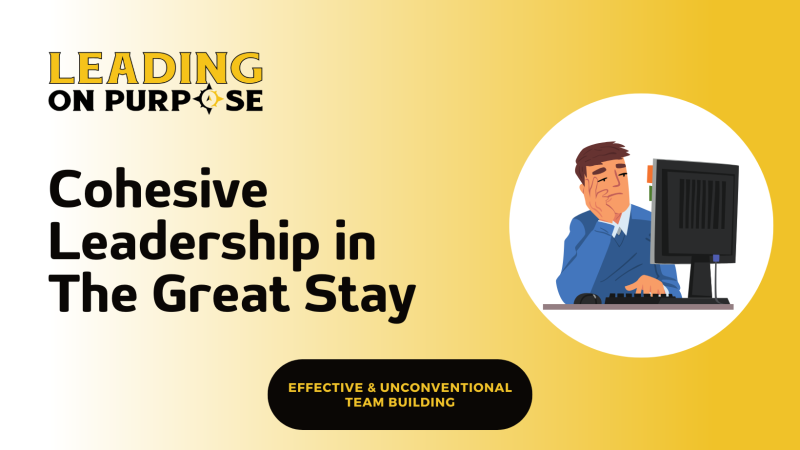
ADVENTURE AWAITS... AND WE HELP YOU FIND IT

Why Virtual Team Building Isn’t Just for Remote Startups Anymore
Remember when virtual team building was something only scrappy startups did because nobody had an office yet? Cute times. Fast-forward to today with hybrid schedules, distributed teams, and employees logging in from three time zones and a dog-occupied kitchen table have become business as usual.
And with that shift comes a not-so-subtle truth: virtual team building isn’t a temporary fix anymore — it’s a core piece of healthy company culture.
In fact, the organizations that are thriving right now aren’t the ones waiting for everyone to “get back together in person.” They’re the ones investing in connection where people actually are. Online. On calls. Across states. Sometimes across continents.

We Don’t Need Crutches to Connect
I recently stumbled across this video on my For You Page and I have some thoughts:
https://www.instagram.com/reel/DRcXwy6jN9H/?igsh=cXd4b2RreHFjZG41
Scott Galloway makes a wildly sensational claim here that remote work is supposedly dismantling an entire generation. According to him, the office is the sacred incubator of career growth, friendship, romance, resilience, and every good thing in between. He even goes as far as tying the anti-alcohol movement into the downfall of social connection.
Strong take, BUT not exactly the full picture.
So let's talk about it.

Lessons I Bought With a Pay Cut
$96,000.
That was how much money I made in my start-up sales job right after I dropped out of college.
$10,000.
That was my entire income in my first full year of running On Purpose Adventures, plus whatever I scraped together from demolition work and random gig projects.
Can you guess which year was one of the best of my life?
Don’t Fix It. Facilitate It.
I recently had a post go viral on LinkedIn where I shared a video from Keith Barry, the mentalist and performance expert.
Keith's daughter hit a roadblock with a school project. Instead of telling her how to fix it, he guided her through a process:
- Doodle freely for a few minutes.
- Look for new connections between the drawings.
- Then walk away from the problem. Go rest, listen to music, anything but think about it.
When she came back, she solved it. Keith still doesn’t know what the problem even was. But the point wasn’t what she solved. It was how she solved it.
This system created an "aha" moment through reflection and incubation.
And it's something leaders need to use more often to help their teams.

We create Ha-Has that become Ahas!
When was the last time your team really laughed together?
Not a polite chuckle on Zoom. Not a nervous laugh during an icebreaker.
I mean the kind of guffaw laughter that makes your sides hurt and your cheeks sore from smiling so hard.
Laughter has long been called the best medicine, but it turns out it’s also one of the most underused leadership tools.

Why Hands-On Matters
Have you seen Chris Hemsworth's show Limitless on Disney+? I highly recommend. While enjoying the extreme stunts and peak physical fitness is fun, the show is a great reminder that stretching yourself, mentally and physically, is essential to growth and longevity.
Hemsworth, aka Thor, has plenty of money and could spend the rest of his life taking it easy. He could relax with his family, go surfing, act when he feels the inclination, and enjoy life at his own pace. But that's not the drive he feels. Chris understands that not challenging himself could limit his potential, reduce his vitality, and ultimately shorten his lifespan. Pushing boundaries, learning new skills, and staying active are his ways of ensuring he not only lives longer, but lives fully.

What 'The Great Stay' Means for Leaders and Organizations
In the last Leading On Purpose blog post, I talked about The Great Stay from the employee's perspective. Workers aren't exactly rushing for the exits right now. Due to economic uncertainty, hiring freezes, and layoff fears due to AI, people are staying rooted right where they are.
The Great Stay is this current period in the job market where employees are choosing stability over risk. Fewer workers are walking away from their jobs. The U.S. quit rate has dropped to just 2.2%, according to the Bureau of Labor Statistics, a sharp contrast to the height of the Great Resignation, when over 4 million people were quitting every month.
But there's a hidden trap... Stability for employees doesn't automatically equal growth for organizations. If organizational leaders simply take advantage of this season by doing nothing, what you’ll really get is a stagnant culture, and when the job market swings back, those “stable” employees will be gone in a heartbeat.

What You Should Actually Be Doing During 'The Great Stay'
Layoffs fueled by AI are splashed across headlines daily. Families whisper at dinner tables, wondering if tomorrow will be the day their breadwinner’s role gets swallowed by a machine.
Software engineer? On edge.
Customer service rep? Scared.
Travel agent? Worried
Sales representative? Nervous
And you are probably right to be concerned. In the Federal Reserve’s August survey, workers said they only had a 44.9% chance of landing a new job if they lost their current one. That’s the lowest confidence level since the survey began in 2013. People aren’t exactly optimistic about bouncing back right now.
While maybe this isn’t the time to storm into your boss’s office demanding a raise or handing in your two weeks’ notice. But standing still isn’t the move either.







